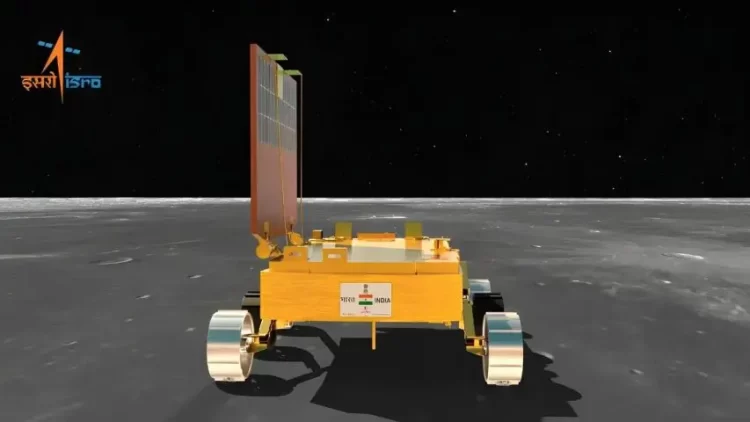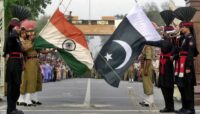In a groundbreaking announcement, the Indian Space Research Organisation (ISRO) revealed that Chandrayaan-3’s Pragyan rover module has successfully confirmed the presence of Sulphur (S) on the surface of the Moon. This significant revelation comes as a result of the first-ever in-situ recordings conducted near the lunar south pole. The confirmation of Sulphur’s presence holds paramount importance in unraveling the Moon’s elemental composition and furthering our understanding of its geological history.
ISRO’s statement highlighted that the Laser-Induced Breakdown Spectroscope (LIBS) instrument onboard the Pragyan rover unambiguously detected the presence of Sulphur in the lunar surface near the south pole. This achievement marks the first time that in-situ measurements have been used to confirm Sulphur’s existence on the Moon. LIBS operates by exposing a material’s surface, such as soil or rock bed, to high-energy laser pulses. The resulting high-temperature plasma is collected and analyzed using instruments like Charge Coupled Devices (CCDs).
In addition to sulphur, Pragyan rover’s LIBS instrument has identified several other elements present on the lunar surface. These include aluminum (Al), calcium (Ca), iron (Fe), chromium (Cr), titanium (Ti), manganese (Mn), silicon (Si), and oxygen (O). Preliminary analyses have graphically represented the presence of aluminum, Sulphur, calcium, iron, chromium, and titanium. Further measurements have revealed the presence of manganese, silicon, and oxygen. ISRO is actively conducting a thorough investigation into the presence of hydrogen as well.
Anil Bhardwaj, the director of the Physical Research Laboratory, emphasized India’s advantageous position as the first country to successfully land near the Moon’s south pole on August 23. Bhardwaj highlighted that this achievement puts India in a pivotal role to collect groundbreaking data for the first time. The focus is on maximizing data collection efforts before the lunar sunset.
The Chandrayaan-3 mission is scheduled to continue until September 6, a date corresponding to the Moon’s sunset. However, ISRO chairman S Somanath hinted at the possibility of extending the mission if the equipment proves resilient to the Moon’s low temperatures during the lunar night and can recharge itself once the Sun rises again on the lunar surface.






